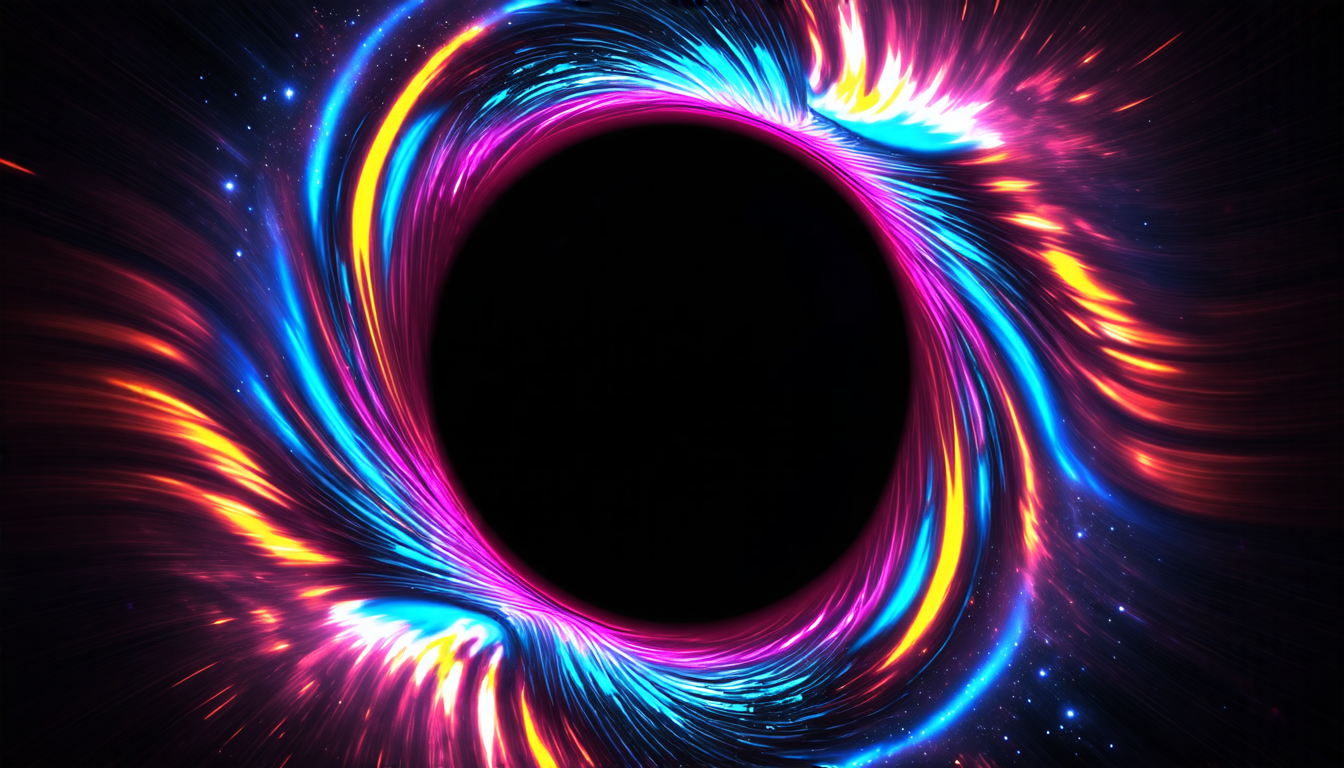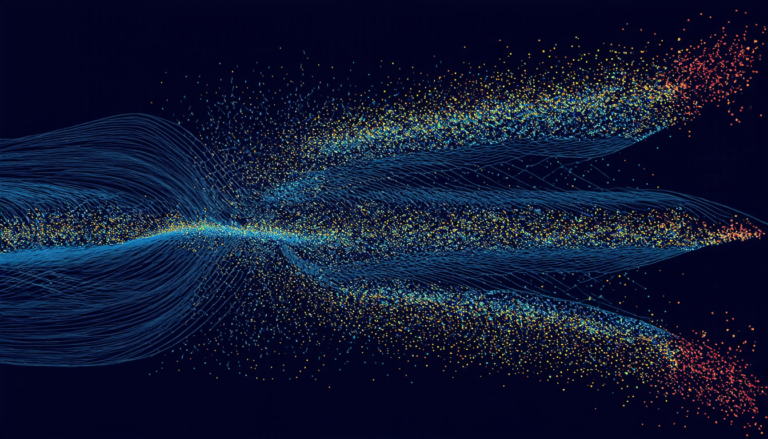Wednesday 19 March 2025
The quest for a deeper understanding of black holes has led scientists down a rabbit hole of complex mathematical equations and theoretical frameworks. But a recent study published in Physical Review D offers a fresh perspective on this cosmic phenomenon, shedding light on a long-standing mystery surrounding the Penrose inequality.
For decades, physicists have struggled to reconcile the principles of general relativity with the concept of black holes. One of the most pressing issues has been the Penrose inequality, which states that the total energy of a black hole cannot exceed a certain limit. However, this limit has proven difficult to calculate, as it requires a deep understanding of the intricate dance between gravity and quantum mechanics.
The new study tackles this challenge by exploring the relationship between black holes and time crystals. In essence, time crystals are hypothetical systems that exhibit periodic motion in time, rather than space. This may seem like a departure from the traditional understanding of black holes, but bear with us – it’s actually a clever way to sidestep the complexities of gravity.
The researchers begin by positing that black holes can exist in a state of perpetual motion, much like a time crystal. This idea is supported by recent observations of black hole behavior, which suggest that these cosmic objects may be capable of oscillating at specific frequencies. By embracing this possibility, the team develops a novel approach to calculating the Penrose inequality.
Their method involves analyzing the properties of black holes in the context of designer gravity, a theoretical framework that allows for the manipulation of gravitational forces. By carefully tuning these forces, the researchers are able to create a scenario where the Penrose inequality is satisfied – in other words, they demonstrate that the energy of a black hole cannot exceed the predicted limit.
But what does this mean for our understanding of black holes? In short, it opens up new avenues for exploration and potentially resolves some long-standing puzzles. For instance, the study suggests that black holes may be capable of emitting radiation at specific frequencies, which could have important implications for our understanding of cosmic evolution.
Moreover, the researchers’ approach offers a fresh perspective on the relationship between gravity and quantum mechanics. By bridging these two seemingly disparate fields, they provide a framework for investigating some of the most fundamental questions in modern physics – questions that may ultimately lead to a deeper comprehension of the universe itself.
In the end, this study is more than just a clever mathematical trick or a theoretical exercise – it represents a significant step forward in our quest to understand the mysteries of black holes.
Cite this article: “Unraveling the Penrose Inequality: A New Perspective on Black Hole Physics”, The Science Archive, 2025.
Black Holes, Penrose Inequality, Time Crystals, Designer Gravity, Gravitational Forces, Quantum Mechanics, General Relativity, Cosmic Evolution, Radiation Frequencies, Theoretical Frameworks
Reference: Åsmund Folkestad, “Holographic Time Crystals vs Penrose” (2025).







